
Engineer Review: Is the Dental pod the same as a jewellery cleaner? (2025)
Hi, I'm Jack Williams. I'm a project engineer that worked on the Dental pod and other Zima Dental products.
We've had a question from one of our customers asking if the Dental pod is the same as a jewellery cleaner.
In the text below, I will address a few of the key differences between the two devices.
If you are short for time however, please watch the video below which summarises many of the key points:
Whilst the Dental pod uses a similar ultrasonic wave frequency as some jewellery cleaner models, there are 3 key differences that make the Dental pod essential for oral appliance patients:
- Jewellery cleaners are designed to clean heat resistant metal and can generate a significant amount of heat (a byproduct of ultrasonic transduction) which is commonly known to melt dental plastics and fittings. Zima Dental were critically aware of this issue when designing and testing the Dental pod. The Dental pod was designed for heat dispersion by adding a heat prevention system that will stop the water from exceeding 37 degrees celsius (the temperature of a human mouth). As an engineer, I have real concerns that people using a jewellery cleaner to clean their oral appliances may deform their oral appliances costing them thousands to replace.
-
Jewellery cleaners generally are designed to clean precious metals which are very similar in composition, due to this they emit a ‘one size fits all’ ultrasonic frequency. When designing and testing the Dental pod, Zima Dental were very aware that oral appliances come in a variety of shapes and materials - from metal to plastic and even glue. To accommodate for this, we designed the Dental pod to have a dynamic feedback feature that allows the unit to adjust the ultrasonic frequency to the oral appliance placed in the tank to achieve optimal cleaning and avoid damage. Some oral appliance users could cause damage to their appliances by using a jewellery cleaner.
- The Dental pod was specifically designed and tested to achieve optimal cleaning for oral appliances in the bathroom environment. The steel, casing materials, tank volume and certain waterproofing requirements were selected based on these tests. These are not commonly found on standard jewellery cleaners. As a result, many jewellery cleaners are not appropriate for bathroom environments leading to a potential high failure rate and even harm to the user.
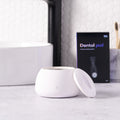
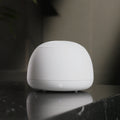
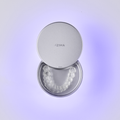



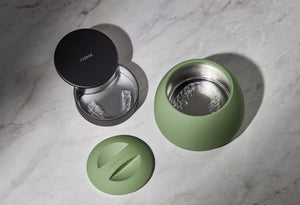
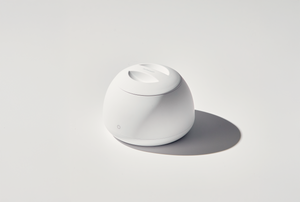
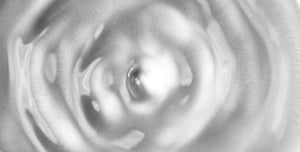
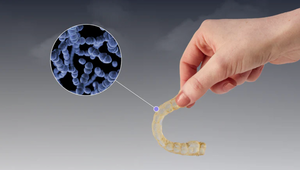
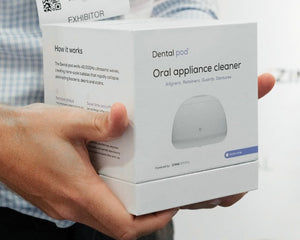


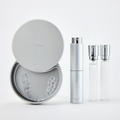
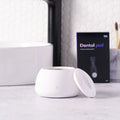
Leave a Comment